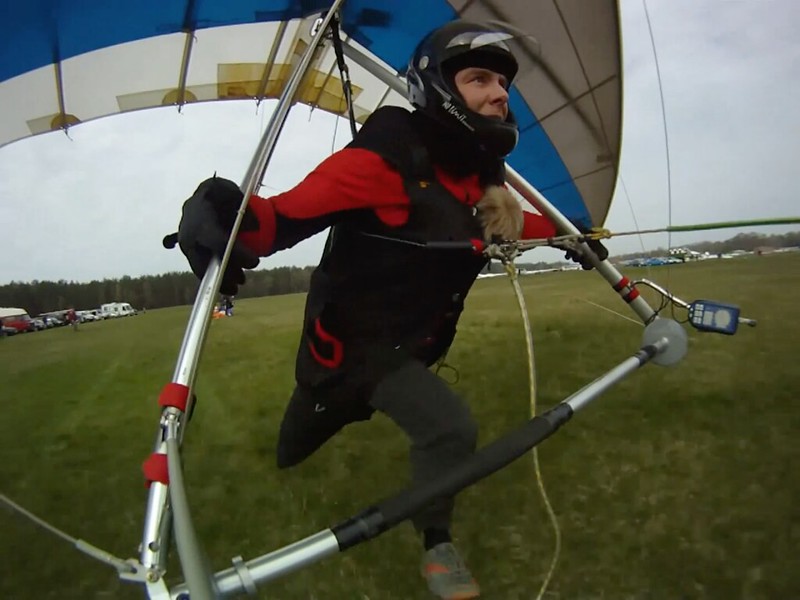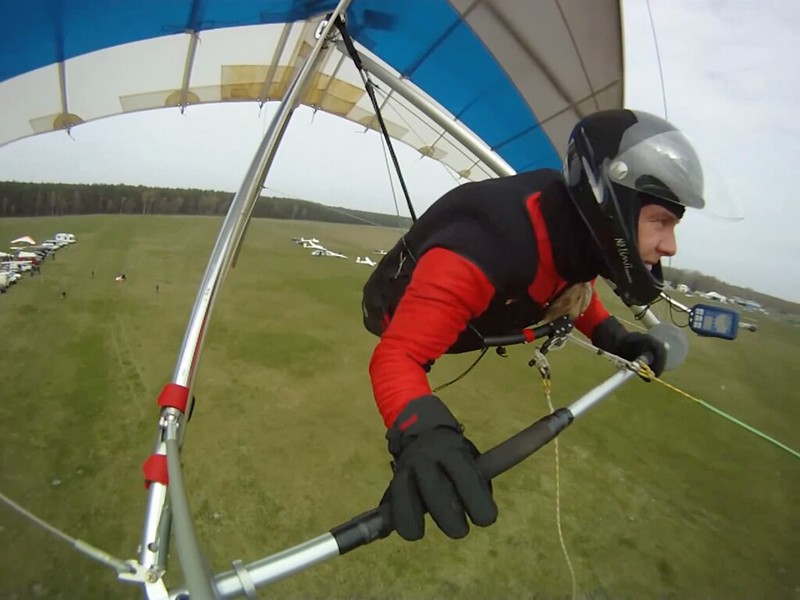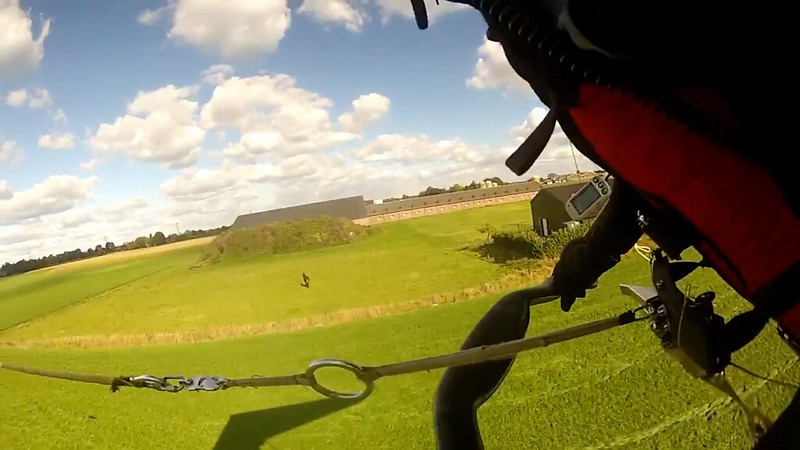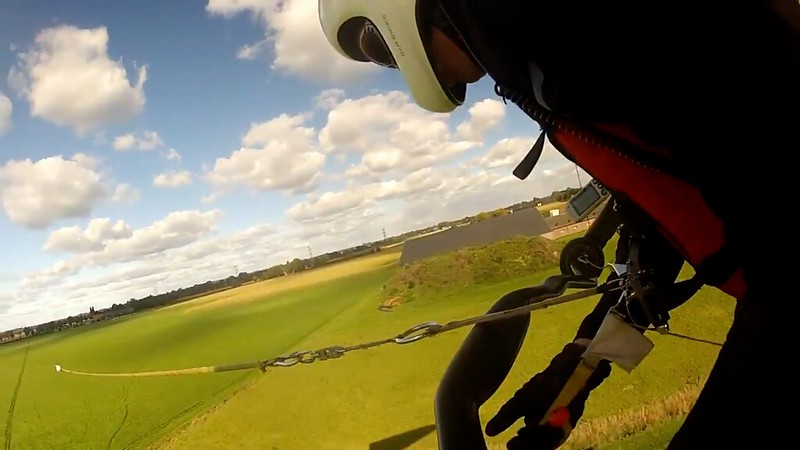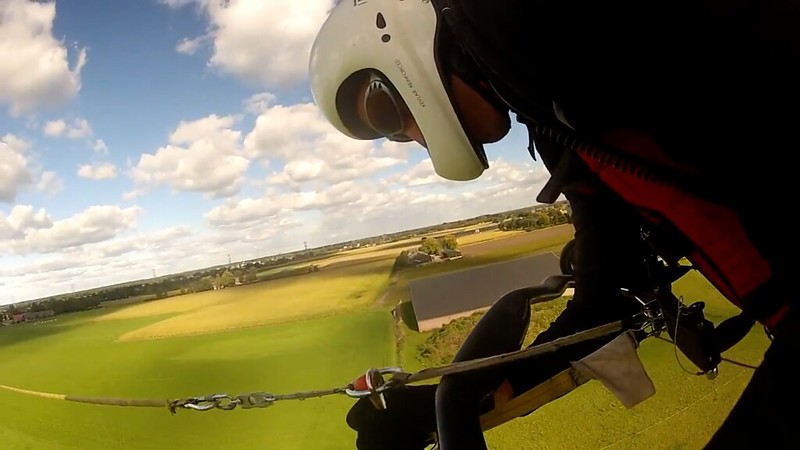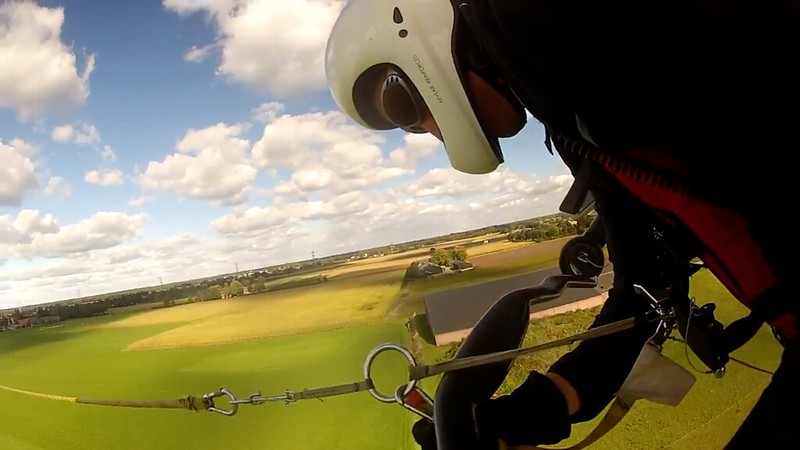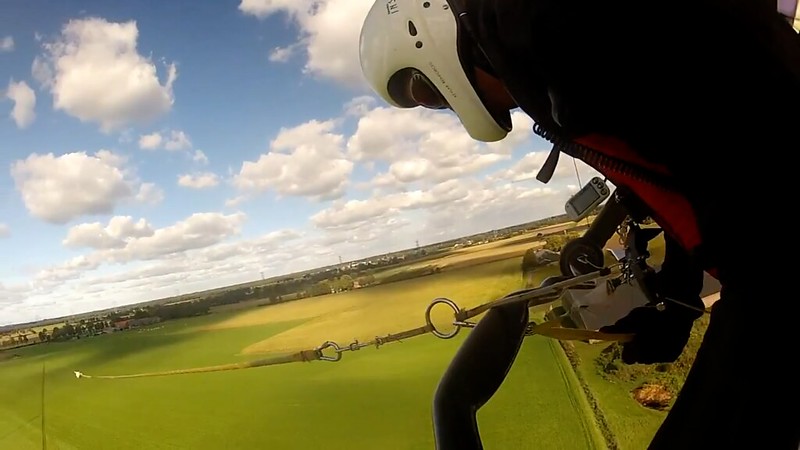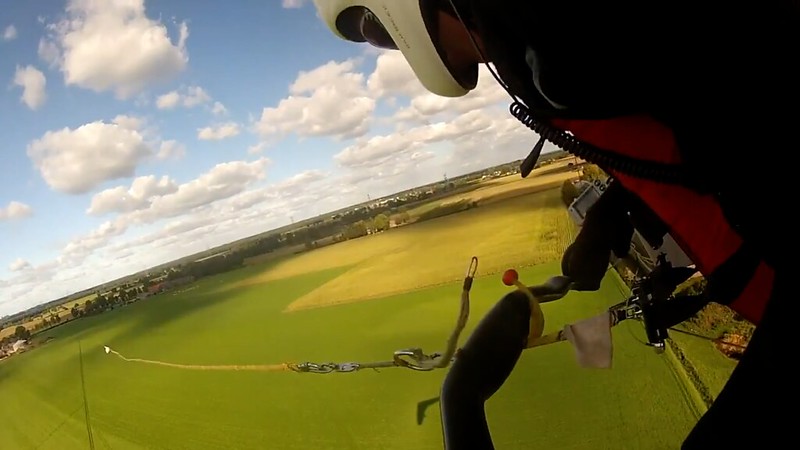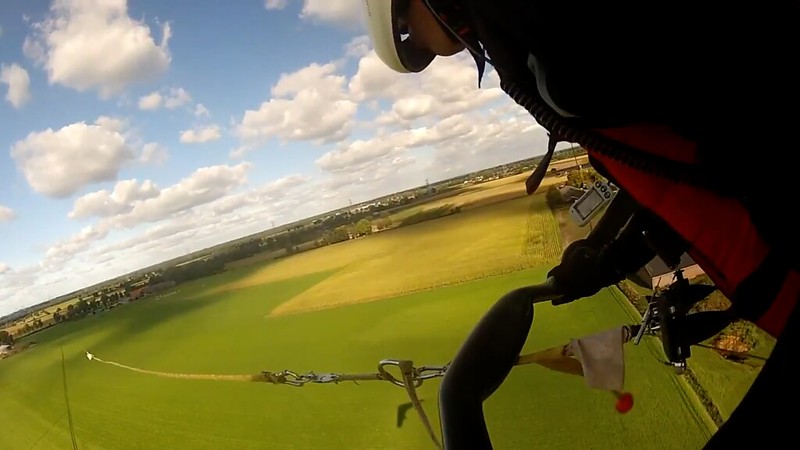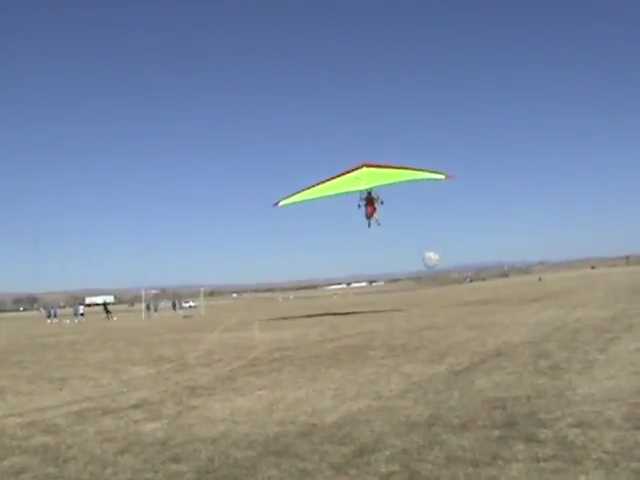Aerotowing methods
Especially not after you've been spoiled rotten by those stubby chintzy little aluminum barrels of Bobby's - that are ten times more difficult to access and twenty times more likely to be inoperable if/when you do.Rick Maddy - 2009/04/14 14:34:51 UTC
My first reaction to the Koch release is that I don't like the idea of a big, solid hunk of metal being out in front on me.
Same place it is before release.And where does it get stored after release?
It's been around since at least half past 1985 ferchrisake. And - compared to the absolute crap that the Industry Standard assholes put up for aerotow on this side of the Atlantic - it works flawlessly.I'm not stuffing that between my chest and harness like I do a V-line cord.
I'd love to hear more real world experiences from the folks that use the Koch release.
Why? How much difference is there in the two flavors of towing between the tension - sorry, PRESSURE - coming through the line required to break your glider?Craig Hassan - 2009/04/14 15:10:21 UTC
The only part of my get up I change between scooter and areotow is the weak link.
Yeah Craig, when you're raised in a shit heap it makes you real nervous to swim in crystal clear spring water.I use the same 2 barrel set up I always use. Keeping things familiar is more comforting to me!
Ask him how everything performed under the requirements of FAA and USHGA regulations.Rick Maddy - 2009/04/14 15:15:41 UTC
Interesting. I know what I use for scooter towing. I didn't realize it could be used for pro-tow aerotowing. Do you have a picture showing everything from your shoulders to the tow line?
What's the "thinking" behind a four or five foot bridle? Or is it just something you grew fond of while wallowing in the shit heap?Craig Hassan - 2009/04/14 15:52:22 UTC
It is just a barrel on each shoulder and 4' or 5' so bridal.
- What do you use for a weak link and what's the "thinking" behind that rating?I use a weak link on the left hand side, since I release the right side 99.9% of the time.
- So you're using a cheap bridle about ten times longer than it needs to be and you're just gonna use one weak link 'cause there's NO FUCKIN' WAY it's gonna wrap after that weak link blows.
Hard to imagine any of those little shortcomings spelling the difference between life and death for you - or anyone else.I can hit the release without looking almost always on the first try. (Almost is not 100% and the time I really need to hit it I'll probably miss!) I also still have to let go of the base bar to activate it.
How much quicker?On guy took a bit of string and attached it to the rear of his barrel and holds it in his hand. All it takes is a flick of the wrist. Still has to remove his hand from the bar, but it is a much quicker release than reaching out to the barrel!
And of course we wouldn't wanna bother incorporating THIS:( and the pin doesn't get a chance to snap back on your thumb! OUCH! )
http://www.flickr.com/photos/aerotowrelease/8312402264/

http://www.youtube.com/watch?v=rh3-uZptNw0
technology which eliminates all of the potential failure modes and control compromises and gives you that fastest possible response time 'cause damn near all the time we can survive using the chintzy crap you're talking about.
It's as stupid to use Tost weak links for aerotowing as it is the Koch two stage. We can do both jobs a lot lighter, cheaper, cleaner, better with technology that's already been developed.Adi Branch - 2009/04/14 16:49:05 UTCAh sorry, I'm used to seeing enclosed aluminium weak links...Adi you must be asking about the black thread, which is the weak link.
...which again takes me to my question a couple of posts up...
It's a nice, well made, reliable, durable piece of hardware but it's WAY overbuilt and not efficiently engineered.Adi Branch - 2009/04/14 17:08:18 UTCIt doesn't get stored, it's attached to the harness itself, with the arm bits in your towing loops. It doesn't droop down, or flail about etc.My first reaction to the Koch release is...
It works great for pro towing, as to release you just bang your hand against it, the big paddle is easy to hit... it's instant.
Ya know what's a couple of thousand times more likely to get you fucked up but good even in a fairly well controlled landing? Being upright with a couple of very light, easily breakable aluminum tubes in front of your hands.Rick Maddy - 2009/04/14 17:18:44 UTC
Isn't there worry about a belly landing with that big hunk of pointy metal on your chest?

So how come everybody's a couple of thousand times more worried about pancaking in on a Koch release?
That issue aside, can you describe the benefits of this type of release over the typical two barrel release used in the US. Thanks.
That totally sucks in comparison to sliding your hand inboard on the basetube or pulling or letting go of a string in your teeth.Adi Branch - 2009/04/14 17:43:25 UTC
You'd be hard pressed to squash it into your chest, even on a belly landing. I've rolled in on one and you don't even notice it. Even on a full bar out belly landing (?) you'd have to be in some weird position to squash it into you.
Advantages over barrels? I've never used barrels (only seen them on tandem setups) but the obvious advantage is a release in a fraction of a second. Just bang your hand back into the paddle.
Good place for them. Leave them there.They're also used a lot in winch towing...
In the US there's no such thing as an emergency if you've read the excellent book, Towing Aloft, by Dennis Pagen and Bill Bryden, taken tandem Cone of Safety training with Dr. Trisa Tilletti, and used a standard aerotow weak link which has the expectation of breaking before you can get into too much trouble.One release for the lower line, one for the upper... The paddle does both of course in an emergency.
